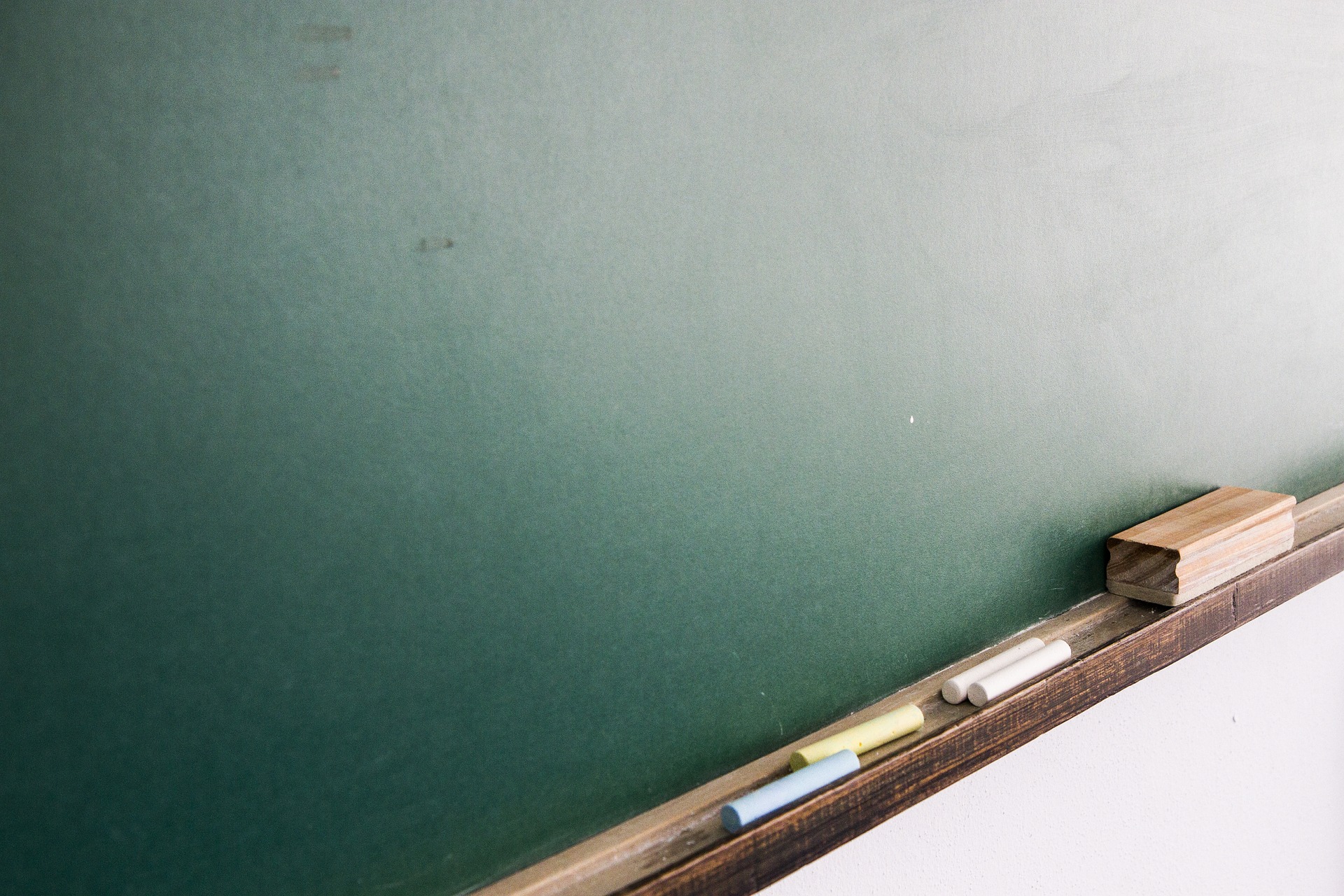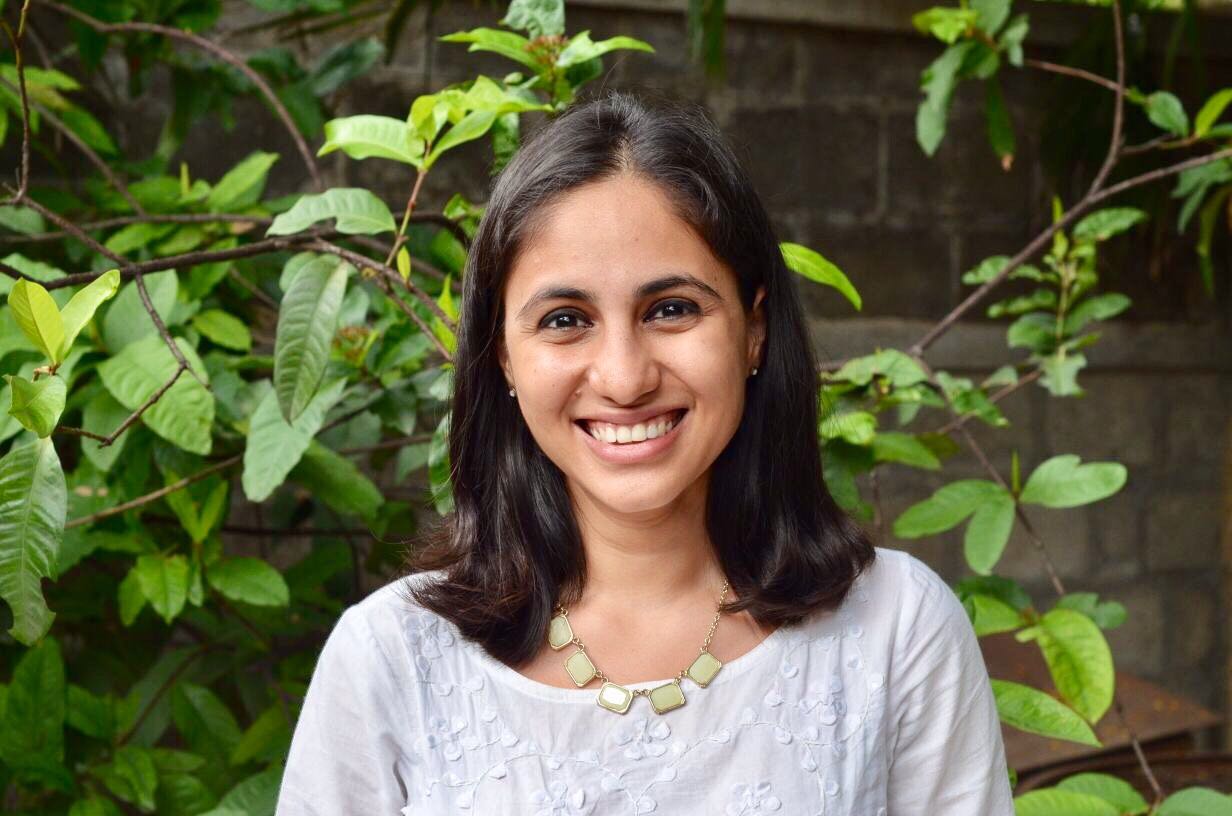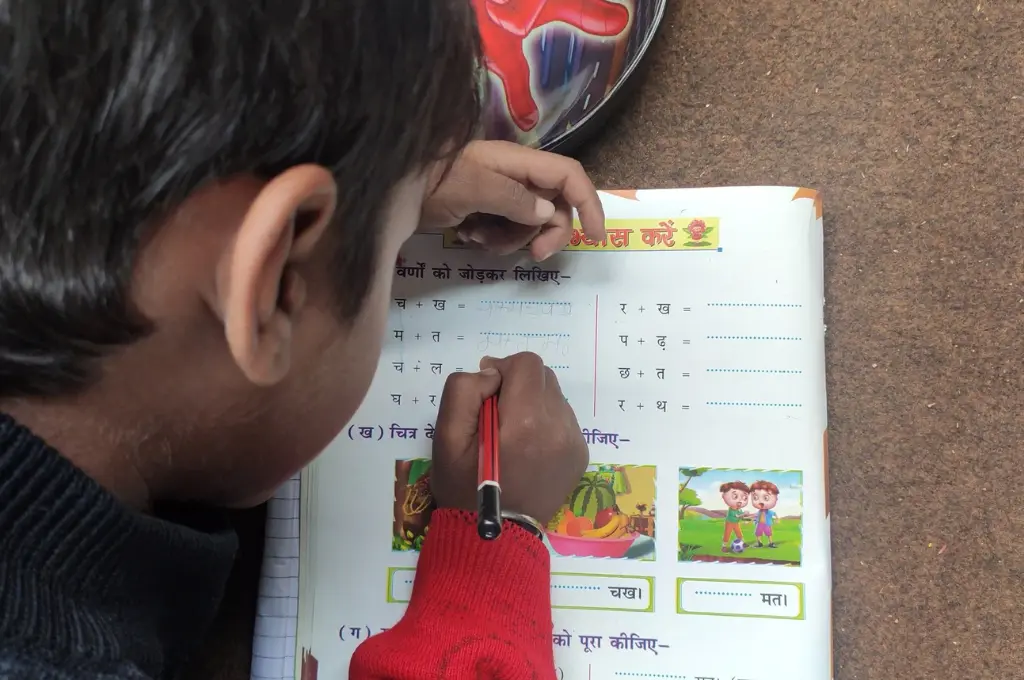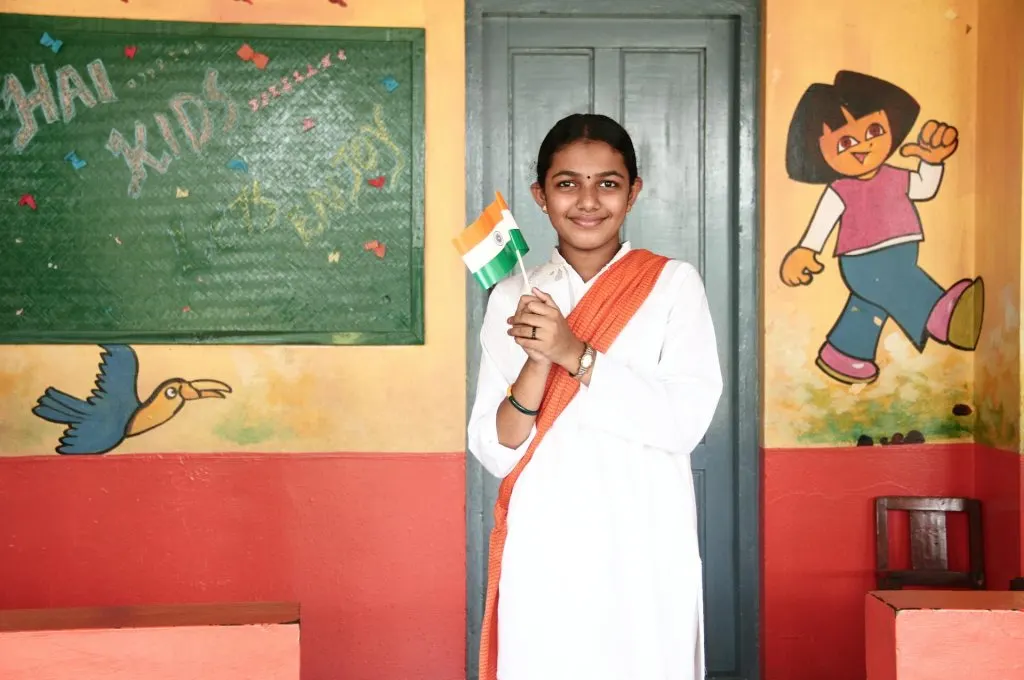The growing concern around India’s public education might not be misplaced, given the worsening state of the country’s primary and secondary education. While poor learning at the primary level has been discussed and documented at length for a while now, two national surveys—the Annual State of Education Report (ASER) 2017 and the National Achievement Survey (NAS) 2017—hammer home the point that a large number of adolescents in the country are not adequately prepared for the future.
UDISE reveals that almost 40 percent of the eligible student population is not enrolled in secondary school. Moreover, while initially absent, a gender gap emerges as children get older, with more girls dropping out than boys. This is not surprising given there are only 14 secondary schools for every 100 elementary schools. Large distances increase the cost of education as well as concerns around safety, especially for girls.
Moreover, on an average, 50 percent of secondary schools are privately managed, which means that in addition to covering large distances to get to school, students also pay to complete secondary education.
The problem lies in weak foundations
While the deck is already stacked against students, the most revealing insight in the report is that most students drop out due to a ‘lack of interest in studies.’ This should be expected since students come out at the end of the elementary cycle with weak foundational knowledge.
The NAS district reports show that in many districts, students in Grade 8 scored only 30-40 percent (or lower) in Math. This finding is corroborated by ASER, which reports that, despite completing eight years of elementary education, students struggle to apply literacy and numeracy skills to everyday tasks such as tallying weights or decoding instructions on an ORS sachet. Without foundational knowledge, students are bound to struggle in higher grades, where the curriculum is more exacting.

As students continue to complete the elementary cycle with weak foundational knowledge, it’s time we explored diverse approaches that supplement mainstream school education with effective, time-bound solutions.
Another interesting finding in the ASER report pertains to girls. Despite near equal enrolment at the primary stage, 7 percent of adolescent girls surveyed in ASER say they have no plans of studying or working, and expect to tend to their/their husbands’ homes for the rest of their lives. These findings are sobering as they tell the story of a generation let down by education. But, at this point, a pause must replace panic.
Prioritise learning, not schooling
The last two decades saw a massive expansion in education infrastructure, bureaucracy and entitlements. From meals being provided in school (via the mid-day meal scheme), to free uniforms and textbooks, to whole new schools opening up in remote locations (under the government’s education-for-all scheme), public education has seen great investments in ‘inputs’. Even at the teacher level, with rising enrolments in school, more teachers are required.
With so much taxpayer money being spent, accounting for every bit is required. This creates more layers of officers who spend their time monitoring and reporting. As a result, the focus for school administration and education policy becomes inputs oriented, rather than about the outcomes public education is supposed to be producing. [quote]If enrolment is prioritised at the cost of learning, schools become holding spaces where students are contained and fed, and they lose their status as institutions of learning.[/quote]Given the journey of elementary education in the last two decades, it is important that the same mistakes are not repeated in secondary education. School completion should not become a goal in itself–for instance, by expanding the coverage of the Right to Education Act to include 14-18 year olds, as recent reports indicate the government might be considering.
If enrolment is prioritised at the cost of learning, schools become holding spaces where students are contained and fed, and they lose their status as institutions of learning. If this happens, school completion signals nothing to future employers: schooling becomes irrelevant. The natural counter to this is a proposal to balance growth with school quality. But is it possible for an already-failing system to grow five-fold and improve quality? Possibly, but the history of public education in India provides few examples that inspire.
Time to look at things afresh
Given where we are today, the question to ask is whether we can explore diverse approaches where mainstream school education is supplemented by effective, time-bound solutions. Some ideas have already proven to be effective. For reading, a unique initiative called Same Language Subtitling (SLS) pioneered by Brij Kothari uses television to get children and adults to improve their reading. In a karaoke style subtitling, regional movie songs are subtitled in the same language they are being sung in. Viewers who understand the language but cannot read it start picking up characters and associated phonetics by reading the subtitles.
The first SLS pilot was conducted in Gujarat, but a much larger programme was initiated in Maharashtra between June 2013 and May 2015, when SLS was added on all songs of the 10 weekly Marathi movies telecast on Zee Talkies, the popular 24×7 Marathi movie channel. The songs were repeated on Zee Marathi as well.
This gave approximately 3.5 million children access to these songs via television in their homes or neighbourhood. No other support was provided to children. After two years, ASER evaluated the reading proficiency of children who had been exposed to SLS programming versus a control group and found the results were better than most school-based remedial programmes.
In the baseline, only 38 percent of SLS students in Grade 3 could read a Grade 1 textbook. By the end of the programme, that number shot up to 68 percent. The programme particularly benefitted the ‘at risk’ children, i.e., Grade 2 non-readers (who couldn’t read Grade 1 text). Seventy percent of non-readers at baseline were reading at Grade 1 level by the end of the programme. Corresponding gains were not found for the control group. At the end of two years, only 35 percent of Grade 5 students in the control group could read at grade level versus almost 50 percent in the SLS group. [quote]The discourse on public education can, and must, go beyond school/system-based programmes.[/quote] The programme, thus, proved effective in bridging early learning deficits. While such programmes cannot replace schooling, they provide two important takeaways: one, if student learning can be improved within months, such solutions must be implemented for the sake of that generation. Two, children learn as much outside school as within. Hence, the discourse on public education can, and must, go beyond school/system-based programmes.
Another example of non-school-based education is vocational training. While improving reading at the primary grades bolsters secondary education indirectly, vocational training directly benefits students at the post-secondary level. According to a report by Team Lease, the largest people supply-chain company in India, vocational trades such as electrician pay better over four years compared with engineering or accounting. Yet, ASER 2017 reported that only 5 percent of post-secondary students are enrolled in any Industrial Training Institute (ITI). Part of the reason is that the courses are not well developed, causing graduates of ITIs to fare poorly in the job market. But if ITIs are shored up and their linkage with industry strengthened, secondary school students will have an incentive to stay in school—and a path to the future.
Much time has already been lost as a result of poor policies and governance. Creative, brave strategies are now required to ensure that India’s ‘demographic dividend’ doesn’t stop at being a clever juxtaposition of words.





